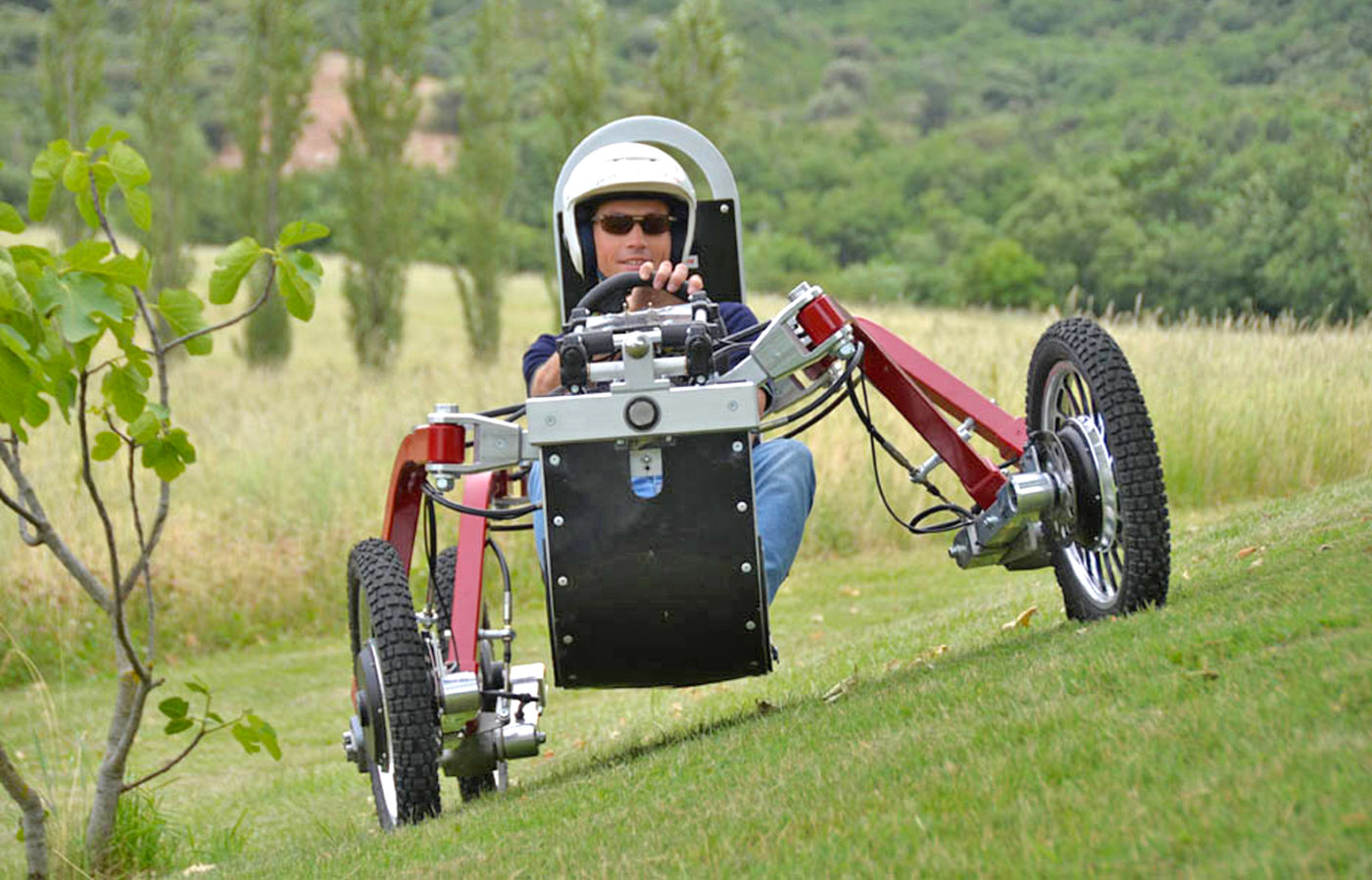Six futuristic off-road vehicles
By Cat DiStasio
“Where we’re going, we don’t need roads.” When Doc Brown said it, he was driving a flying time machine, of course. But not all vehicles need to become airborne to travel off the grid. This capability is especially important in rural areas where roads have never existed, or in disaster recovery situations where pathways are no longer passable due to earthquakes or flooding. No matter the reason, a slew of innovations are tackling off-road transportation like never before. Some futuristic all-terrain vehicles are built to drive over just about anything, while others have been engineered to carry their own road surface and pick it back up as they truck along. Whether the situation calls for traveling over impassable obstacles or creating a road for other vehicles, there’s a tough machine out there to tackle the job.
Road-carrying truck
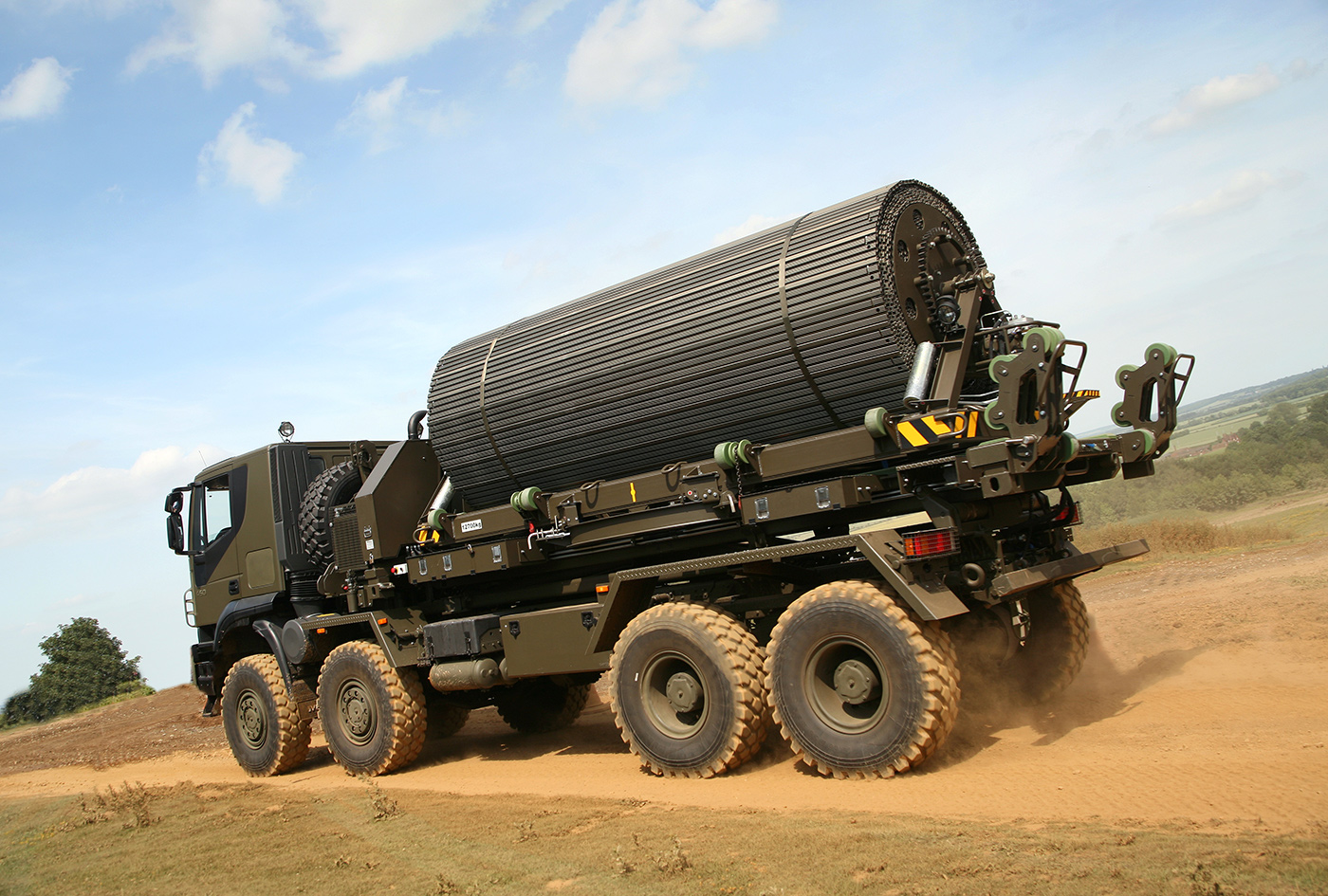
B-Y-O-Road? Welsh company Faun Trackway dreamed up (and built) a truck that can travel where there are no roads — because it carries its own. Mounted on the back of an otherwise pretty standard-looking truck, a roll of thin aluminum extrusions can be unfurled to create a 50-meter roadway. The resulting temporary surface is capable of supporting vehicles weighing up to 70 metric tons, so the road-laying truck is a great companion for delivery and rescue vehicles carrying heavy supplies into otherwise hard-to-reach areas. Once the convoy has traversed the aluminum roadway, Faun Trackway’s creation rolls the road back up and hustles along to its next challenging destination.
Electric “spider” car
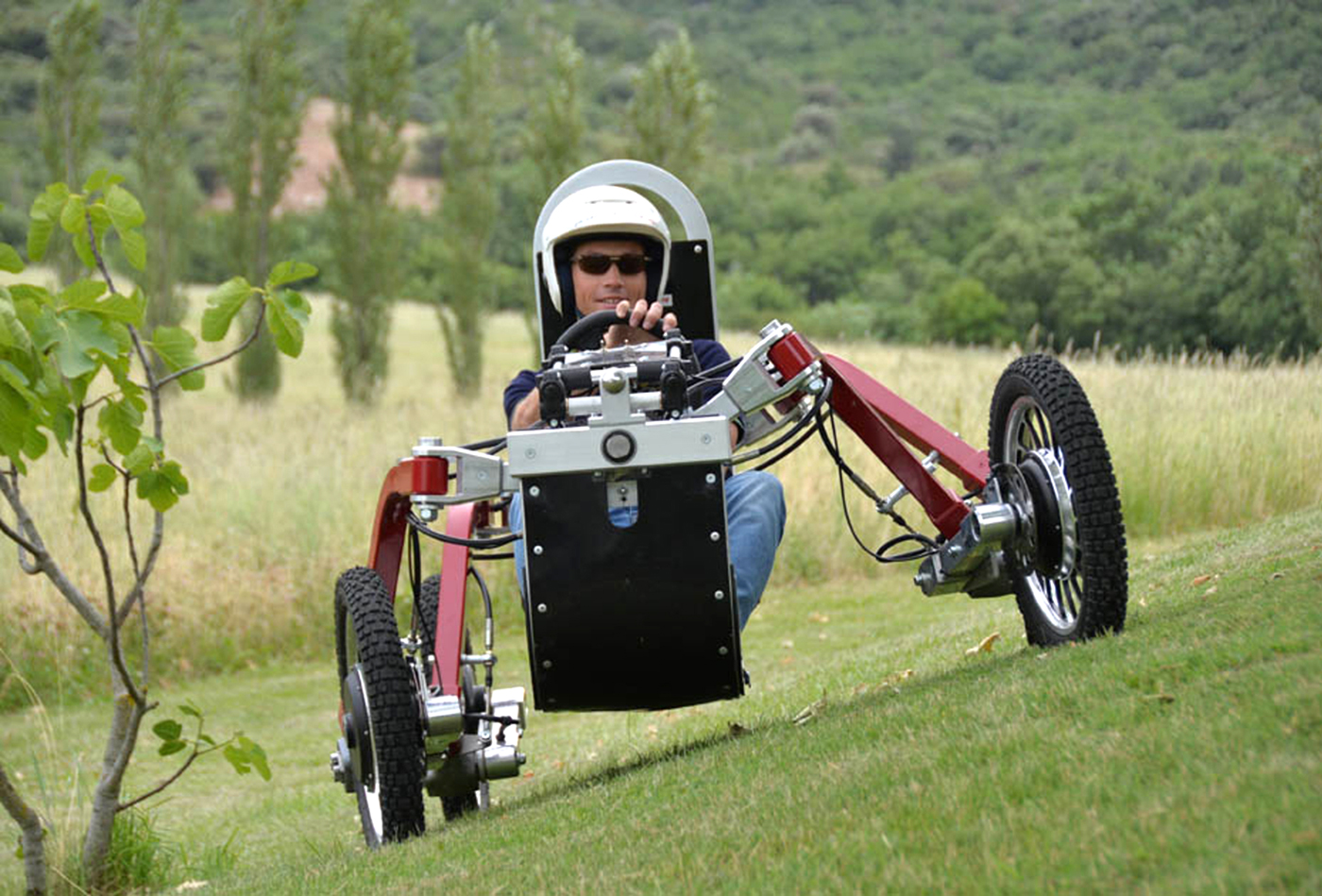
The Swincar is a bizarre but useful car that can drive just about anywhere. Each of the vehicle’s independently driven wheels is attached to a spider-like leg for extra ground clearance, and powered by its own electric motor. This setup translates to a lot of power and control, so uneven terrain barely even slows the Swincar down, let alone stops it in its tracks. Because it’s an all-electric vehicle with no emissions, the Swincar one-ups traditional ATVs in the sustainability department as well.
Tunnel zipper truck
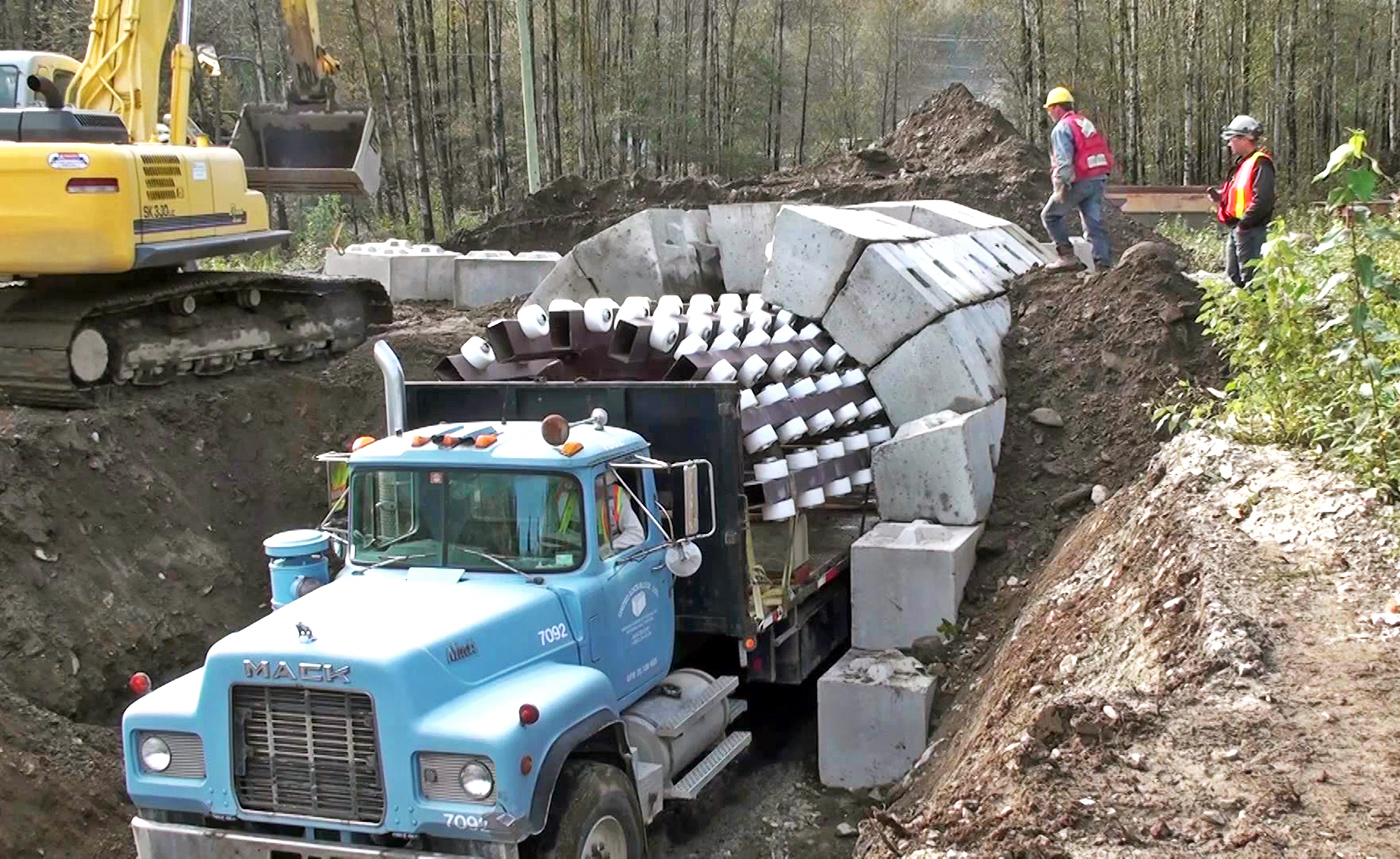
This truck can not only drive where there is no road, but it can build a 14-mile tunnel out of Lego-like bricks in just 24 hours. The zipper truck is equipped with rollers held in place by a tapered metal core, and the wider front of the truck allows the tailored lock-blocks to be placed just so, creating a perfect archway. Much like the historic arch’s Roman predecessors, the arched tunnels zipped together by this truck need no mortar or adhesive to stay together. Even better, the blocks can be removed once the tunnel is no longer needed and then be reused many times over.
Slope-worthy VW party bus
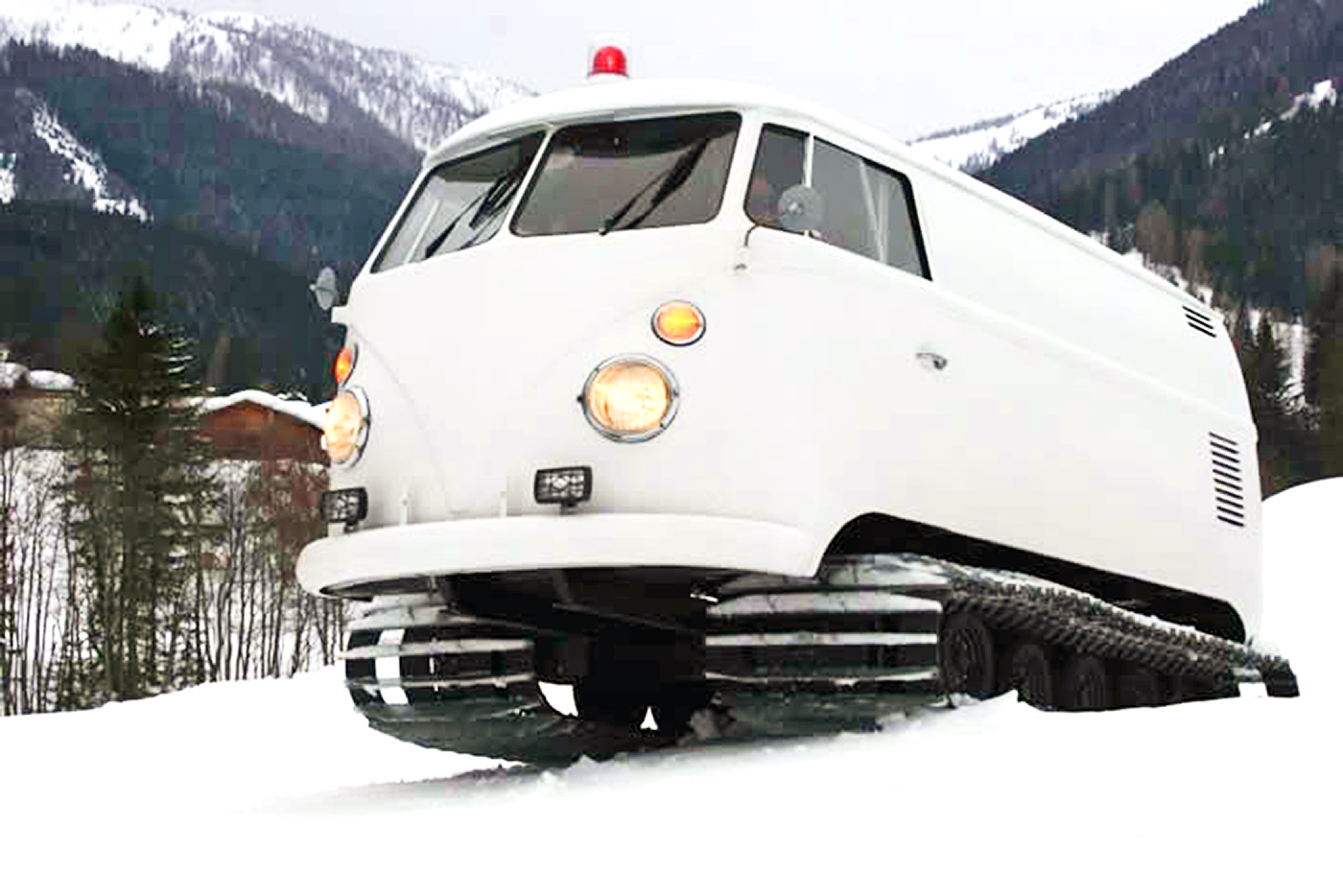
While some off-road vehicles are designed with serious functions in mind, others are just looking for a good party. This modified 1966 VW Bus Bulli T1 was created with slope-side jams in mind, and its wheels were replaced with rubber snowmobile tracks. The hip party van can travel across the snow at a good clip — around 30 miles per hour — and comes equipped with a 1,000-watt subwoofer and two 300-watt speakers (as well as two turntables and a microphone). Just add snow and your own DJ.
Automatic brick road machine
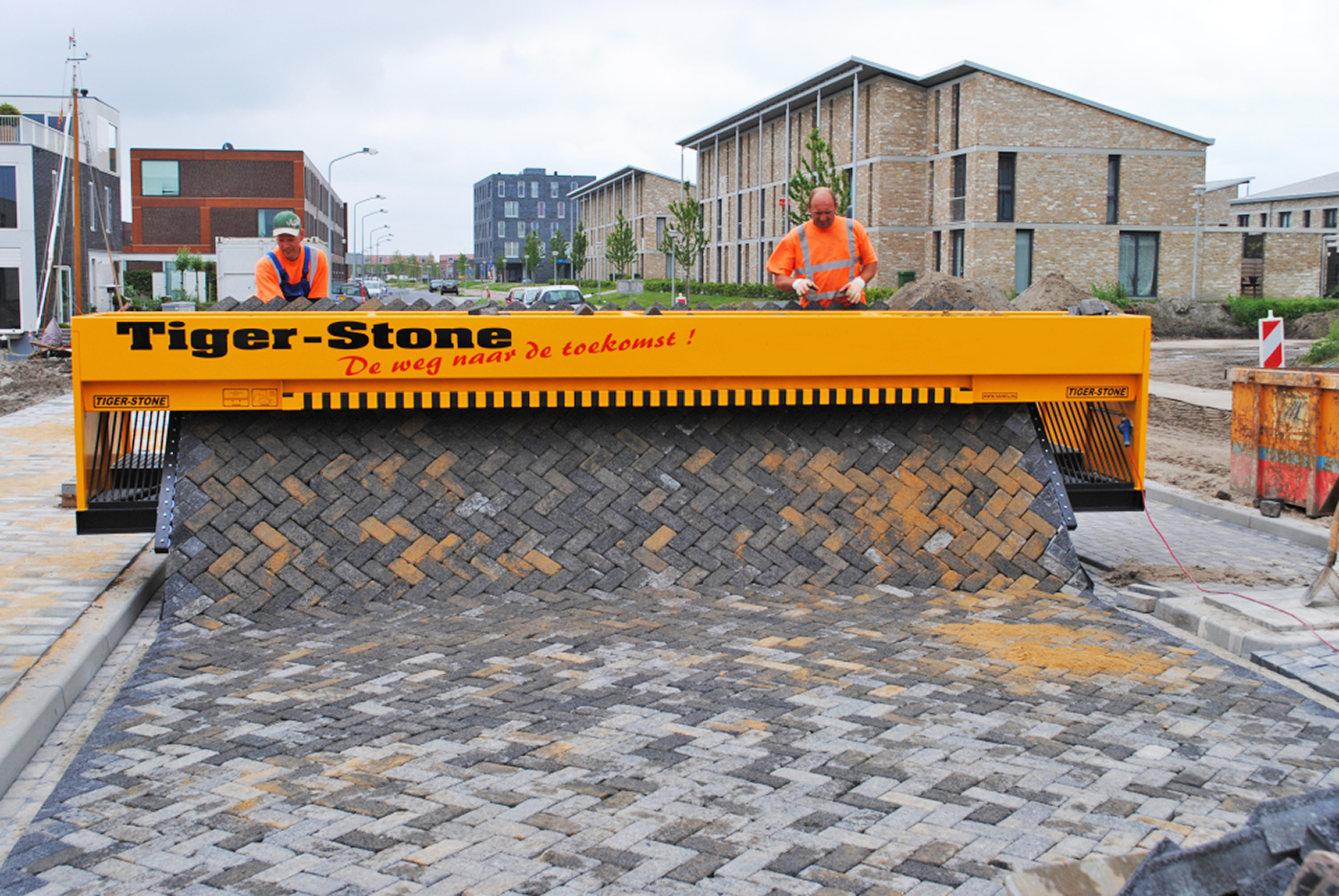
Designed to make charming brick roads even easier to lay down, this Dutch machine does the work of a crew of human laborers in a fraction of the time. Dubbed Tiger-Stone, the automatic paver-laying machine can lay up to 400 square meters of gorgeous brick road in a day. Adjustable to widths up to six meters, the machine is fed by human workers who stack bricks into an angled hopper in the desired pattern. The machine then leverages gravity to lower the bricks onto the pre-leveled ground where a sand layer has been prepared. Tiger-Stone eliminates the back-breaking aspects of bricklayers’ jobs, while cutting both time and cost and — best of all — leaves behind a beautiful brick road where there was none before.
All-terrain adaptive tricycle
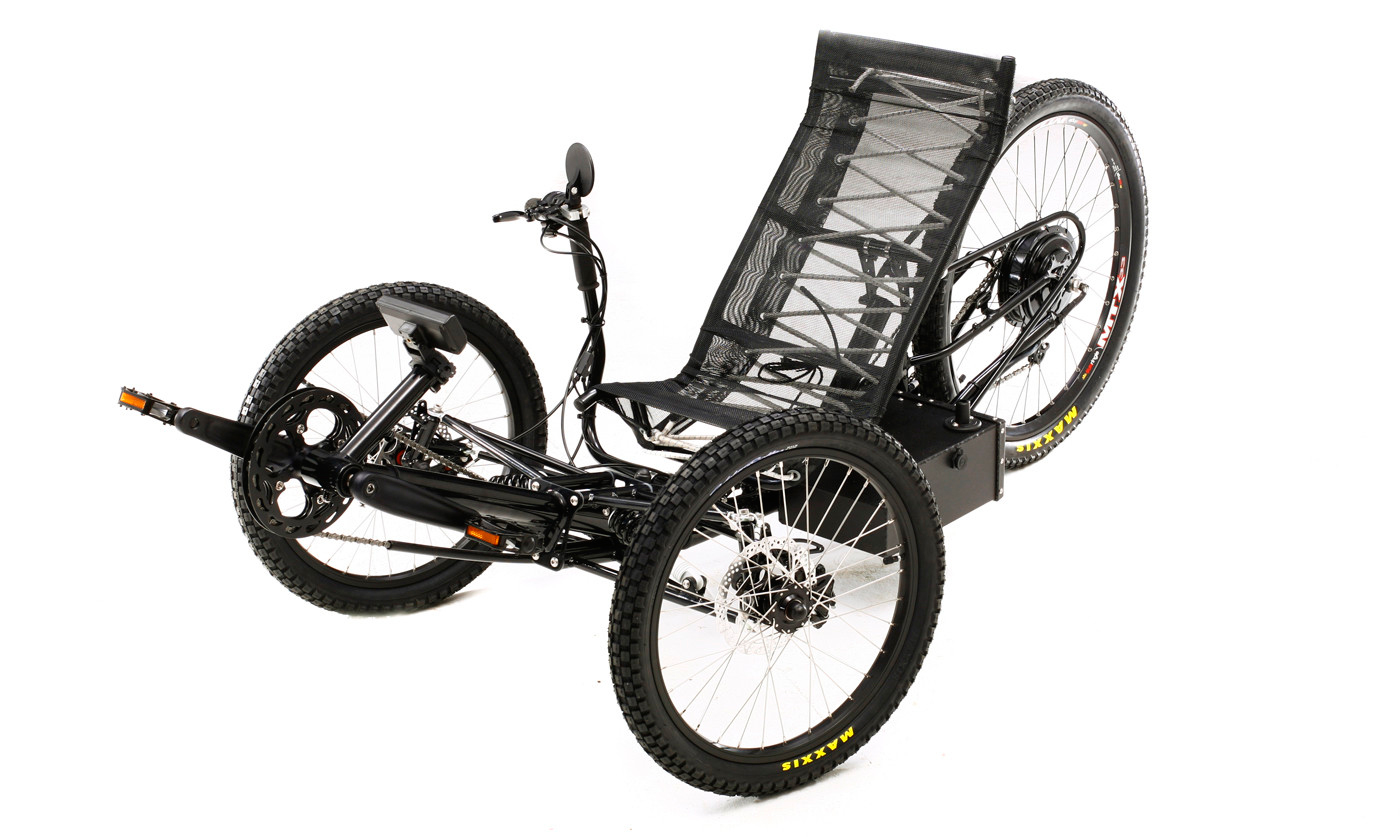
This hybrid tricycle helps adventurers with disabilities go places they’ve never been able to go before. Created by designer Jesse Lee, the Horizon can traverse a wide variety of surfaces that wheelchairs and other adaptive vehicles struggle with, such as gravel, hills, grass and dirt. It’s powered by electricity and pedal power (controlled either by hand or foot), which can be combined in one of three different “driving modes,” depending on how much power is needed. The Horizon can go up to 25 miles per hour, and its 48-volt lithium-ion battery offers a 30-mile range on a full charge.
(75)


